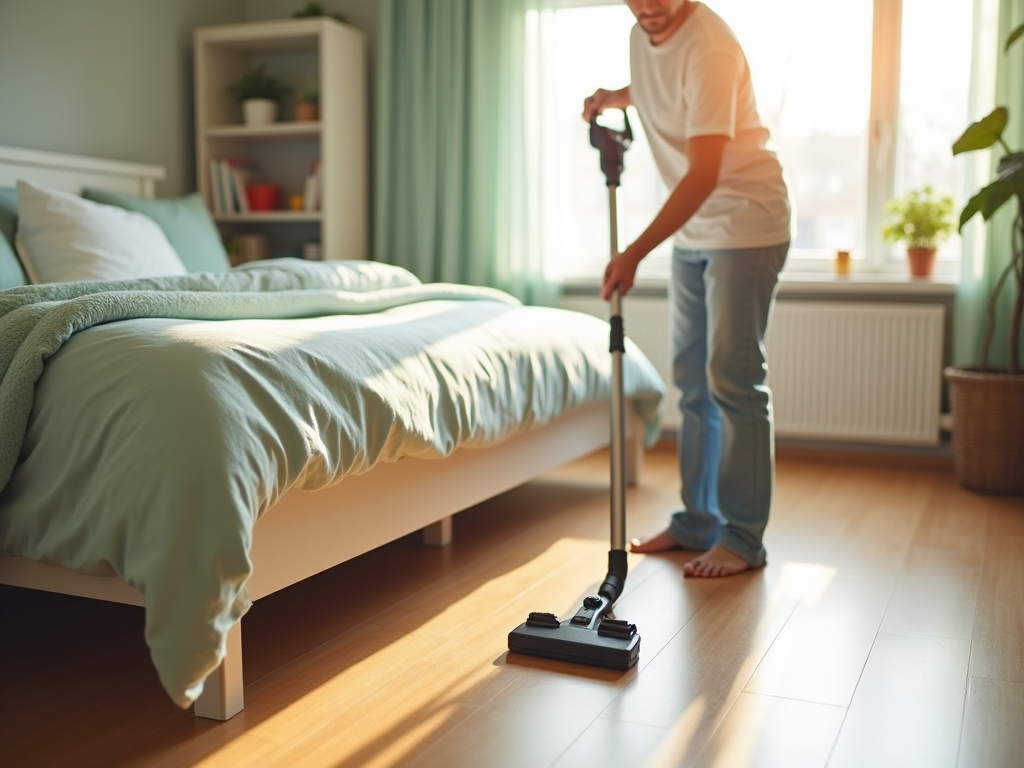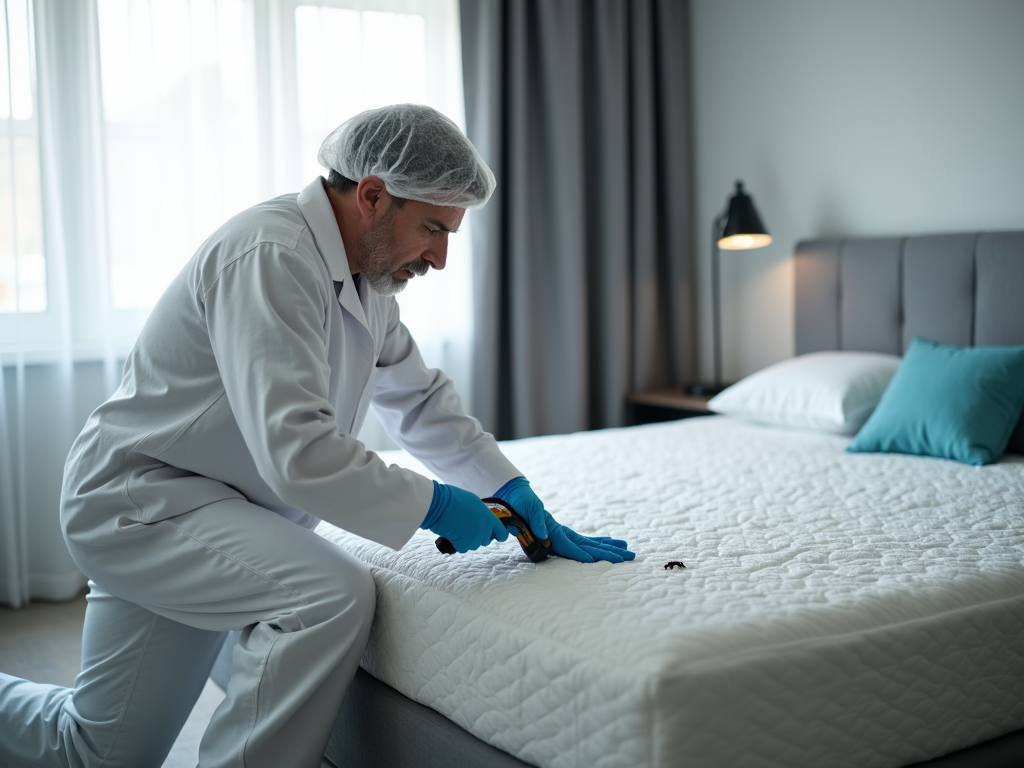Bedbugs are more than just a nuisance; they can disrupt your entire life. Imagine settling down for the night, only to feel itchy and uncomfortable, wondering if your bed is the source of your distress. These tiny bloodsuckers not only infiltrate our spaces but also prey on our peace of mind. With proper understanding and action, you can take control of the situation and eliminate these unwelcome visitors effectively. This guide provides a comprehensive overview of their biology, methods to eradicate them, and essential preventive measures to ensure they don’t return.
Understanding Bedbugs: The Unwelcome Guests

To effectively combat bedbugs, it’s vital to understand who they are and how they invade our lives. These minuscule creatures are experts at hiding in the smallest of crevices, making them difficult to detect until an infestation becomes severe. Often mistaken for bat bugs or other insects, bedbugs are distinct in their behavior and habitat preferences. They thrive in environments close to human habitation, making our bedrooms, sofas, and trusty luggage prime targets. The more informed you are about their habits, the better your chances of eliminating them once and for all.
What Are Bedbugs?
Bedbugs are small, oval-shaped insects that vary in size from 1mm to 7mm. They prefer dark environments, emerging primarily at night to feed. Their feeding habits are relentless, with a single bedbug capable of consuming several blood meals before needing to hide again. Due to their reproductive capabilities, a few bedbugs can quickly turn into a full-blown infestation. Recognizing their signs and understanding their lifecycle is imperative in the fight against them.
Signs of a Bedbug Infestation
To catch an infestation early, knowledge of the warning signs is essential. Here are some indicators that may hint at their presence:
- Red, itchy bites on your skin upon waking or after a night’s rest.
- Small blood stains on your sheets or pajamas indicating feeding activity.
- Dark spots, often mistaken for harmless dirt, on bedding or nearby surfaces.
- A unique, sweet, musty odor can sometimes signal a heavy infestation.
Effective Methods for Getting Rid of Bedbugs

Once bedbugs have made themselves known, action must be taken immediately. The longer you wait to deal with them, the worse the situation will become. Cleaning and organizing your space should be your initial step to combating these pests. Additionally, there are various strategies and treatments available, both DIY and professional, that you can implement to effectively rid your space of bedbugs.
DIY Bedbug Removal Techniques
For many, taking matters into their own hands is the preferred route. Several do-it-yourself methods can be employed:
- Washing and Drying: Hot water, followed by high-heat drying, can kill bedbugs and their eggs effectively.
- Vacuuming: A thorough vacuuming of floors, carpets, and upholstered furniture helps remove bedbugs and their excrement.
- Sealing Cracks: Inspecting and sealing gaps in walls, floors, and furniture reduces potential hiding spots significantly.
While these methods can be effective, they often require persistence and routine. Regular repetition of these practices can drastically lower the chances of an infestation taking root. However, should the situation prove overwhelming, seeking professional assistance might become necessary.
Professional Extermination Options
When choosing to go the professional route, you have several options at your disposal to combat bedbugs effectively:
| Extermination Method | Description |
|---|---|
| Chemical Treatments | Pest control professionals apply specific pesticides designed for effective bedbug elimination. |
| Heat Treatment | Specialized equipment is used to heat the infested room, killing bedbugs at all life stages. |
| Steam Treatment | High-temperature steam is applied to various surfaces to exterminate bedbugs and their eggs. |
It’s important to ensure that any method employed, especially chemical treatments, is safe for your home environment, particularly if you have pets or small children. After successful extermination, remember to follow up with preventive measures to ensure bedbugs do not return.
Preventing Future Infestations
Once you’ve rid your home of bedbugs, focus on prevention. The old saying rings true: an ounce of prevention is worth a pound of cure. To preserve a pest-free habitat, consider the following recommendations:
- Regular Inspections: After traveling or buying used items, always conduct a thorough inspection for any signs of bedbugs.
- Protective Covers: Employ bedbug-proof encasements for mattresses and box springs to provide an additional layer of protection.
- Decluttering: Fewer belongings equate to fewer hiding places for these pests, making it easier to spot potential issues.
Conclusion
Getting rid of bedbugs requires diligence, effective strategies, and sometimes professional help. By understanding their behavior, employing the right methods, and practicing habitual preventive measures, you can reclaim your space from these unwelcome pests for good. The journey may require patience, but the comfort of a bedbug-free home is well worth the effort.
Frequently Asked Questions
- What should I do if I think I have bedbugs? Start by inspecting your bedding and furniture for signs and consider using DIY methods or calling a professional exterminator.
- Can I get rid of bedbugs on my own? Yes, many people successfully use DIY methods, but severe infestations may require professional assistance.
- How do I prevent bedbugs from coming back? Regular cleaning, inspections, and using protective covers for mattresses can help.
- Are bedbugs dangerous to my health? While bedbugs are not known to transmit diseases, their bites can cause discomfort and allergic reactions.
- How long does it take to get rid of bedbugs? The duration can vary depending on the severity of the infestation and the method used, ranging from a few days to several weeks.



